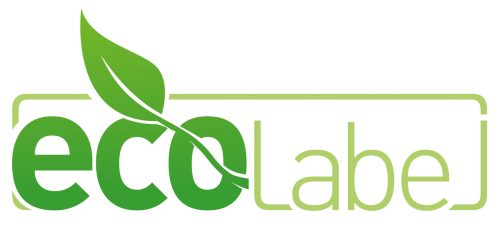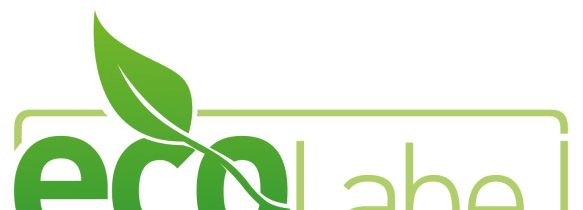Tourism Flanders has integrated sustainability into their “Travel to Tomorrow” vision. An important question is how such progressive vision is put into practice. As mentioned earlier, the Flemish vision is closely aligned with the sustainability model of “Global Sustainabale Tourisme Council” (GSTC). This is widely considered the standard in the tourism industry. So that becomes the basis for our comparison tourist sustainable labels.
Structure of the GSTC Label.
- Four themes: Sustainability Management, Local Community, Heritage and Environment.
- Each theme is divided into several criteria.
- These criteria are further divided into measurable indicators.
Study and Comparison of Labels
We analyzed several labels on:
- Completeness: Comparison of label criteria and indicators were compared to the GSTC standard
- Process: A brief analysis of the processes to obtain the labels.
Surveyed Labels
- Sustonica: A new international label from Spain focused on “Short Term Rental” such as vacation homes and apartments, with slightly different standards for both categories.
- Green Key Flanders: Part of the global Green Key label, adapted to local realities and legislation. It focuses on lodging, restaurants and meeting facilities and is the most widely used label in Flanders.
- EU Ecolabel: A European label known for various products. In Flanders, there are relatively few catering establishments with this label.
- Somturism: Not a label, but an approach to make hospitality operators aware of sustainable tourism and establish improvement paths together.
Completeness analysis
We did a mapping between the indicators of each label and those of the GSTC, which produced an interesting picture.
Results

Green Key scores highest in completeness, with nearly 60% of all criteria and about 35% of all indicators.
- Somturism approaches Green Key in terms of criteria, but scores lower on indicators due to their less detailed approach.
- Sustonica scored remarkably low, with less than half of Green Key’s performance.
Analysis by theme

- SomTurism has the most balanced approach, with particular attention to local communities.
- Green Key and EU Ecolabel focus mainly on management and environment, with no attention to cultural heritage.
- Sustonics and SomTurism pay more attention to heritage.
Note, however, that the GSTC criteria themselves are also more oriented toward management and environment. The number of indicators for environment, management, local communities and heritage are 73, 48, 32, 14 respectively.
The number of indicators per theme then provides another insight:

Here, too, Green Key stands out. Their level of detail, especially for environment and management, is much higher than the rest.
Yet even with them, it is striking that only 50% of all indicators are measured. Or viewed in reverse: of all GSTC indicators across all themes, 65% do not appear in Green Key, yet the most comprehensive label of the labels examined above.
Process Analysis
The 4 different models implemented their models differently.
Sustonics:
- They use an on-line audit model. No one comes on site, but through calibrated forms and approved processes, they can still achieve proper and smooth certification. This allows them to work smoothly and issue a certificate quickly.
- There are no mandatory criteria. You can already get a certificate if you meet a minimum of 20% of the criteria. We have serious questions about that, especially considering the label already has very limited coverage.
- Improvement is expected at each annual checkup, though.
SomTurism:
- Does not hand out a certificate at all. Above all, they help those involved do better through coaching and training programs. Consequently, they work more descriptively and less numerically.
Green Key:
- This organization uses a fairly comprehensive set of criteria. Of these, some are mandatory and some are optional. One and another also depends on the type of operation (size, with or without staff, type of lodging). To earn a certificate, you must pass all the mandatory criteria and a minimum number of the optional ones.
- An initial audit is planned in the first year and then a follow-up audit in the second year. From then on, it will be triennial. Again, improvement is expected with each audit.
EU Ecolabel:
- This label works rather similarly to Green Key. So also with mandatory and optional criteria. Big difference is that there will be an initial audit, but after that everything is done online.
Note: none of these labels assigns a level to the label. So it’s an all-or-nothing label every time. Executives at the forefront of sustainability are therefore less likely to stand out.
Cost
Green Key is the most expensive, EU Ecolabel the cheapest for long-term certification, and Sustonica has the lowest entry cost.
Conclusion
Green Key is currently the most complete label, but has significant gaps in criteria and is relatively expensive for small-scale lodging. The latter seems to be one of the reasons why so few hospitality businesses still have such a label.
This presents opportunities for Tourism Flanders or other organizations to jump in and further promote sustainability in the tourism industry.


